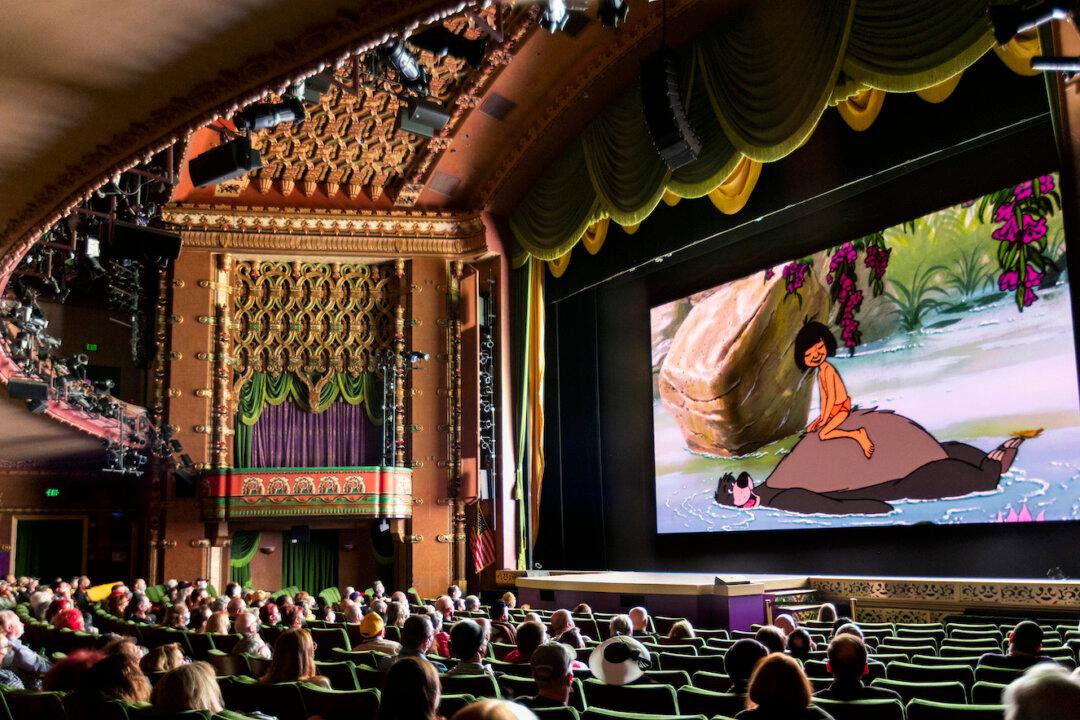Commentary
For four days in April, I was transported to a different world in downtown Hollywood. There were still homeless people on the sidewalk, street artists peddling caricatures to passersby, and a salesman huckstering bargain souvenirs over a loudspeaker—but once I stepped inside the historic theaters where the Turner Classic Movie Film Festival (TCMFF) was taking place, I left all that behind me. During the Festival, I saw fourteen films. Out of them, only one was an animated feature. Although TCMFF featured multiple films made as late as the 1980s, this cartoon was the only film I saw which was made later than the 1950s. This film is “The Jungle Book” from 1967.





